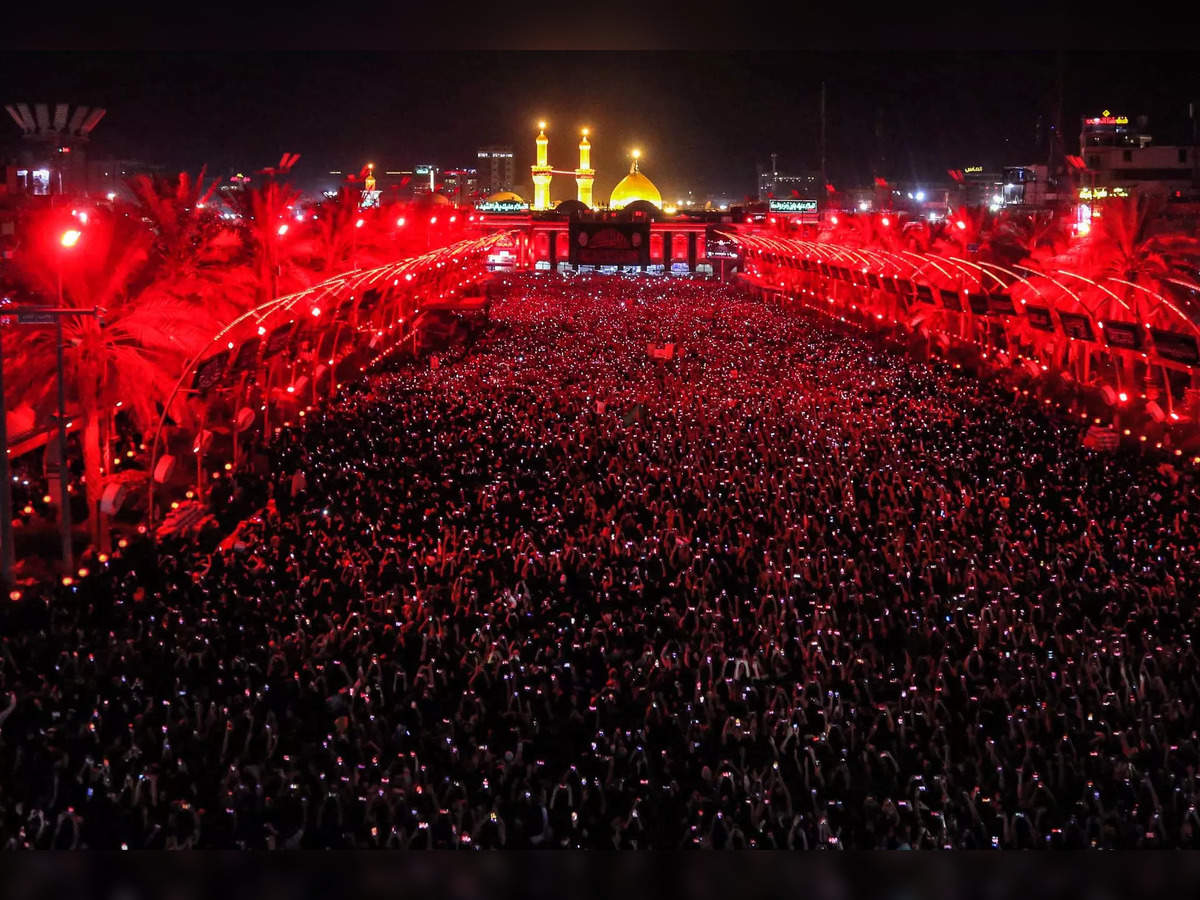The Manipur Chief Minister resorted to social media to charge a “unnatural growth” in the population of the state’s “Chin-Kuki-Zo” tribes, posing a perceived danger to indigenous communities and national security.
About Chin-Kuki-Zo Tribes
| Chin Tribe | Kuki Tribe | Zo Tribe | |
| Ethnic Composition | Major ethnic group in Myanmar’s Chin State, recognised for its distinct culture and language. | Heterogeneous group in Northeast India, known for its various subtribes. | A diverse ethnic group in Northeast India, Myanmar, and portions of Bangladesh. |
| Geographical Distribution | Primarily in Myanmar’s Chin State, with considerable numbers in Indian states such as Mizoram. | Located primarily in Northeast India, but also in Chin State, Myanmar. | It lives in northeast India, specifically Mizoram and Manipur, as well as sections of Myanmar and Bangladesh. |
| Language | The Chin language belongs to the Kuki-Chin subgroup of the Tibeto-Burman family. | Kuki-Chin languages include several dialects with unique characteristics. | Mizo-Kuki-Chin languages are various dialects within the Tibeto-Burman family. |
| Culture and Traditions | Vibrant music, dancing, and festivals commemorate Chin National Day. | Rich oral traditions and folk music are celebrated, as are festivals such as Chavang Kut. | Chapchar Kut and Mim Kut are celebrated via rich oral literature and spectacular festivals. |
| Livelihood | Previously engaged subsistence agriculture; now has varied livelihoods. | Historically practiced shifting (Jhum) agriculture; presently involved in a variety of activities. | Historically, shifting (Jhum) agriculture was used; today, multiple livelihood patterns exist. |
| Religion | Predominantly Christian, with some traditional animistic beliefs. | Predominantly Christian, with old animistic customs. | The predominant religion is Christianity, with traces of traditional traditions. |
| Socio-Political Organization | Advocates for cultural identity and rights, such as the Chin National Front. | Promotes Kuki identity through active organisations such as the Kuki National Organisation. | Promotes Zo identity, such as Zomi Council and Mizo Zirlai Pawl. |
Issues with migration
Manipur’s Chin-Kuki-Zo tribes contribute to the state’s strife for a variety of reasons.
- Various tribal tribes have long demanded more recognition and autonomy for their ethnic identity in Manipur.
- The Chin-Kuki-Zo tribes of Manipur have substantial land ownership and control difficulties.
Source: https://www.thehindu.com/news/national/kukis-fight-for-land-and-identity/article66980855.ece








